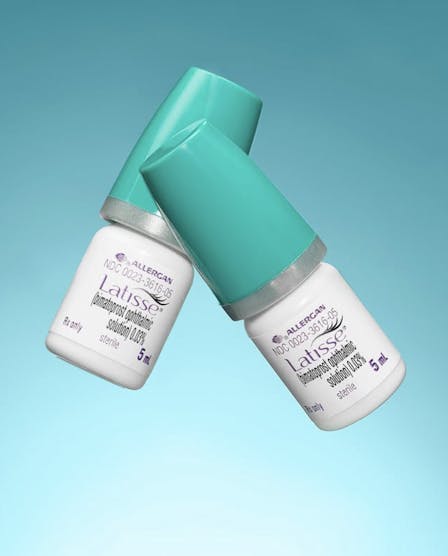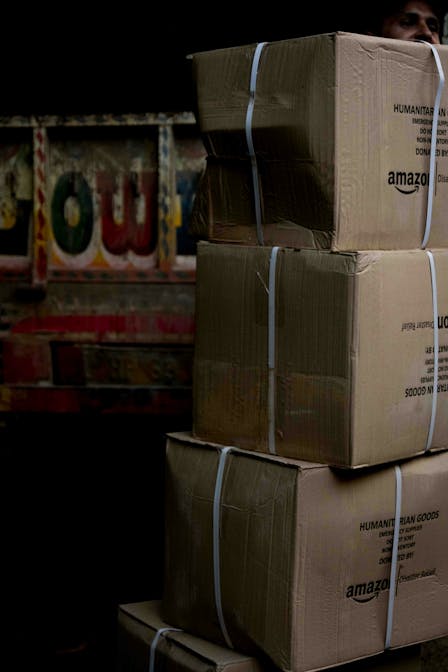Is 1P Right for Your Brand?
This is part 2 of our 4-part series exploring the 1P Management model for Amazon, and why this model makes sense for certain brands in beauty, health and wellness, and the CPG industries. Click here to read part 1: What Is Amazon 1P Management, and Why Does It Matter in 2025.
1P Management on Amazon: The Right Model for Your Brand?
For beauty and wellness brands looking to scale, Amazon’s first-party (1P) model continues to spark debate. With the rise of direct-to-consumer (DTC) strategies and the flexibility of third-party (3P) selling, some are questioning whether 1P is still relevant in 2025. The answer? Absolutely! But only if you’re the right kind of business.
Let’s say what we all know: 1P isn’t perfect. It comes with real tradeoffs, like ceding some pricing control to Amazon and potentially facing tighter margins. But dismissing 1P as obsolete would be a mistake. For enterprise brands with the right infrastructure, 1P isn’t just viable, it can be a game-changing growth lever. The real question isn’t “Is 1P still relevant?” but “Is your brand built for 1P?” And if you’re a beauty or wellness brand with proven retail muscle, 1P could be your next big unlock.

1P Is a Fit for Enterprise Brands with Proven Retail Infrastructure
If your brand is already selling to retailers, you’re likely familiar with the operational rigor involved with those relationships. You know how to handle purchase order (PO) cycles, comply with strict labeling requirements, and deliver at scale, often across multiple distribution centers and regions. Well, guess what? Amazon’s 1P model mirrors these dynamics.
Instead of thinking of Amazon as a radically different channel, view it as “just another major retailer” (albeit one with unparalleled digital reach). The processes, systems, and teams you have already built to serve brick-and-mortar retailers will translate directly to Amazon 1P.
With this familiarity, onboarding becomes smoother, operational headaches are reduced, and you can allow your team to focus on what they do best: building your standout brand.
Why Enterprise Brands Choose 1P: Key Advantages
1. Operational Ease
For beauty and wellness brands managing dozens or even hundreds of SKUs, one of the biggest draws of 1P is operational simplicity. There’s no need to build a specialized Amazon team or invest in the complex infrastructure required for DTC or 3P selling. Amazon’s systems are built for scale, making it easier to move large volumes of product without getting bogged down in the details.
2. Reach at Scale
Amazon is the world’s largest online marketplace, and 1P gives you instant access to its massive customer base. Your products benefit from Amazon’s built-in trust, Prime eligibility, and high search visibility. For brands with high-volume SKUs, like best-selling serums, supplements, or haircare essentials, this reach can translate into rapid sales and global exposure.
3. Multi-Channel Synergy
For enterprise brands, 1P isn’t about reinventing the wheel. Instead, it’s about extending your existing retail playbook to a new, digital-first channel. Your core SKUs can be managed the same way as always, while this seamless integration helps you maintain consistency across channels and avoid channel conflict—all while tapping into new audiences.
4. Streamlined Revenue Recognition
Finance and operations teams love 1P for its clarity. Sales are recognized through PO-based transactions, which align perfectly with traditional retail accounting practices. This makes forecasting, planning, and reporting cleaner and more predictable, especially compared to the often-messy world of 3P or DTC revenue streams.

IV. When 1P May Not Be Right: Signs You Need More Control
Of course, 1P isn’t for everyone. If your brand is laser-focused on storytelling, price protection, and highly curated product launches, you may find 1P’s limitations frustrating.
Consider a different approach if:
- You want to control every aspect of your brand’s presence on Amazon, from pricing to imagery to customer experience.
- You’re actively building a DTC presence and need to own the full customer journey, including data collection and post-purchase engagement.
- You want to test and iterate on Amazon without being locked into Amazon Retail’s systems or timelines.
Read more on what to consider with 1P in another of our insights here.
V. Hybrid Strategies: The Best of Both Worlds
The good news? You don’t have to choose just one path. Many enterprise brands are embracing hybrid strategies, leveraging the strengths of both 1P and 3P models.
For example: new products, limited editions, or influencer collaborations can debut in 3P, where you control messaging, pricing, and reviews. This allows you to test and iterate before rolling out more broadly. But you could keep your easily replenished, core SKUs in 1P for maximum scale and operational efficiency. Amazon handles the logistics, you focus on brand growth.
This hybrid approach gives you the best of both worlds: the scale and simplicity of 1P, plus the agility and control of 3P.

VI. Final Take: Make It a Strategic Decision, Not a Default
1P will never be a relic of the past. It’s a powerful, efficient model for enterprise beauty and wellness brands with the right infrastructure and retail know-how. But it’s also not a one-size-fits-all solution. The key is to make a deliberate, strategic decision based on your business goals, your internal capabilities, and the balancing act of control versus scale.
Curious if your brand is operationally aligned with 1P? Front Row helps enterprise brands like yours assess, manage, and optimize their Amazon strategy across both 1P and 3P. We can help you evaluate your options, including a more hybrid approach, to unlock new growth on Amazon and beyond. Let’s talk about how we can help you build a winning marketplace strategy—tailored to your business, your goals, and your future.
